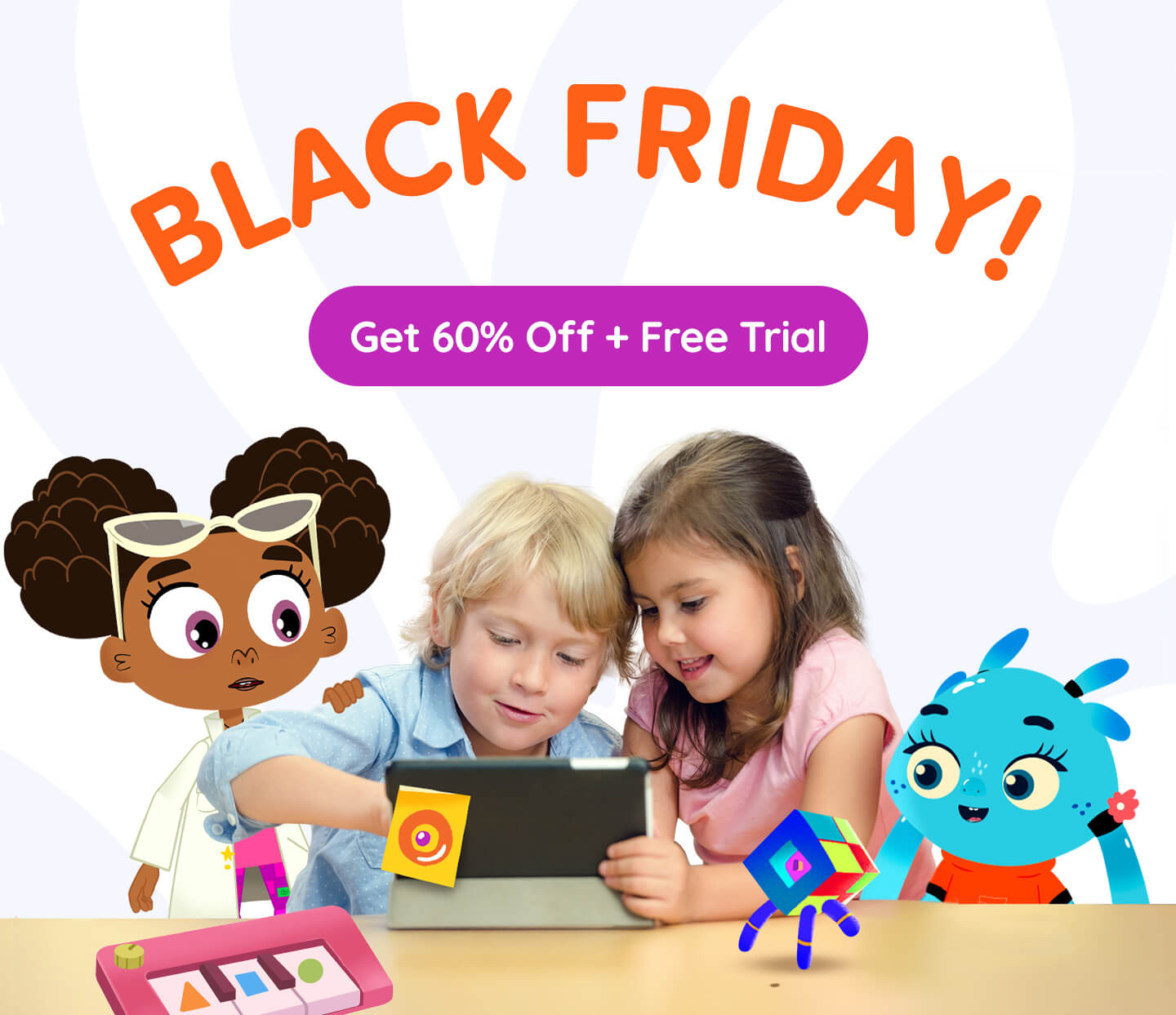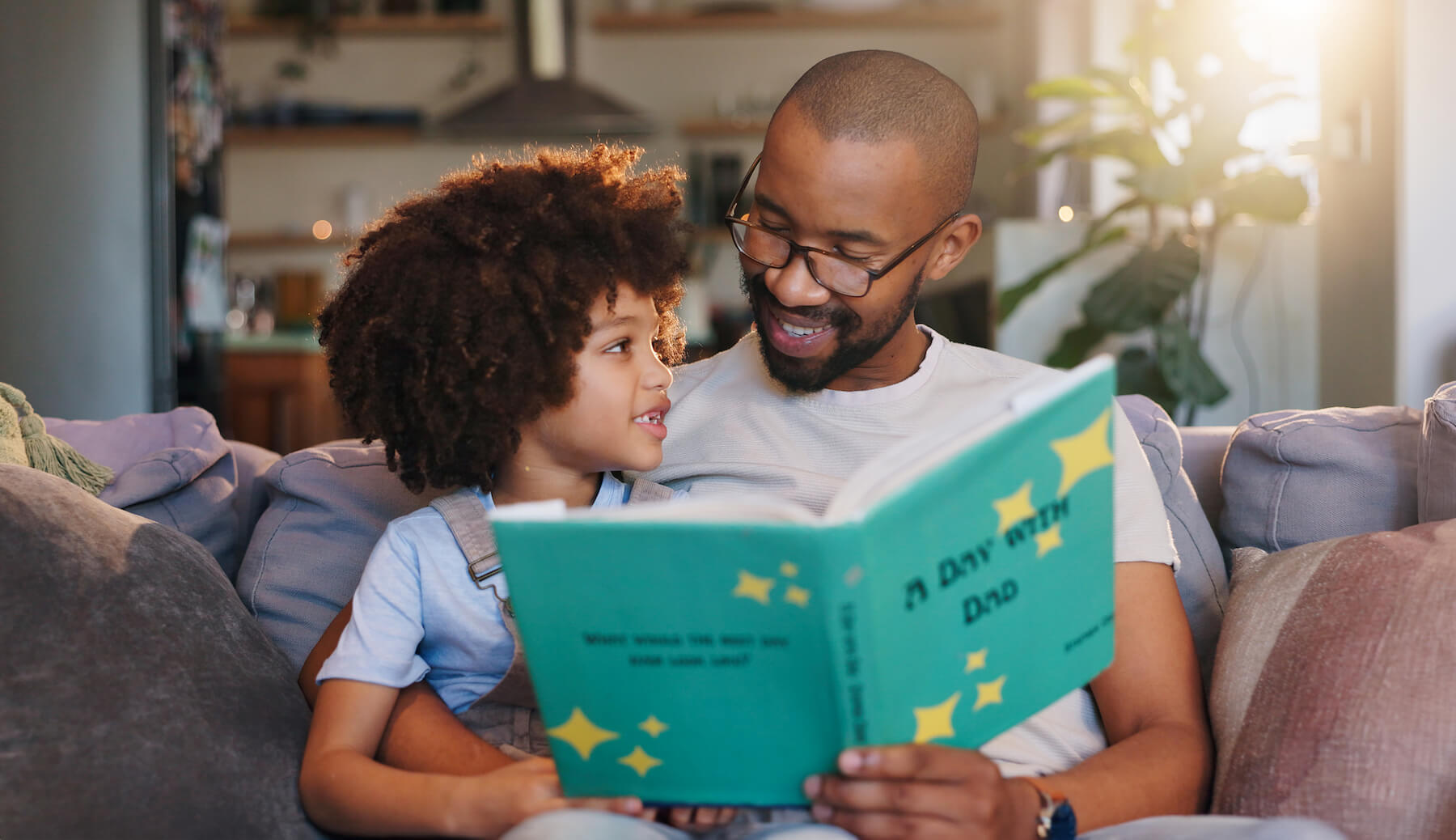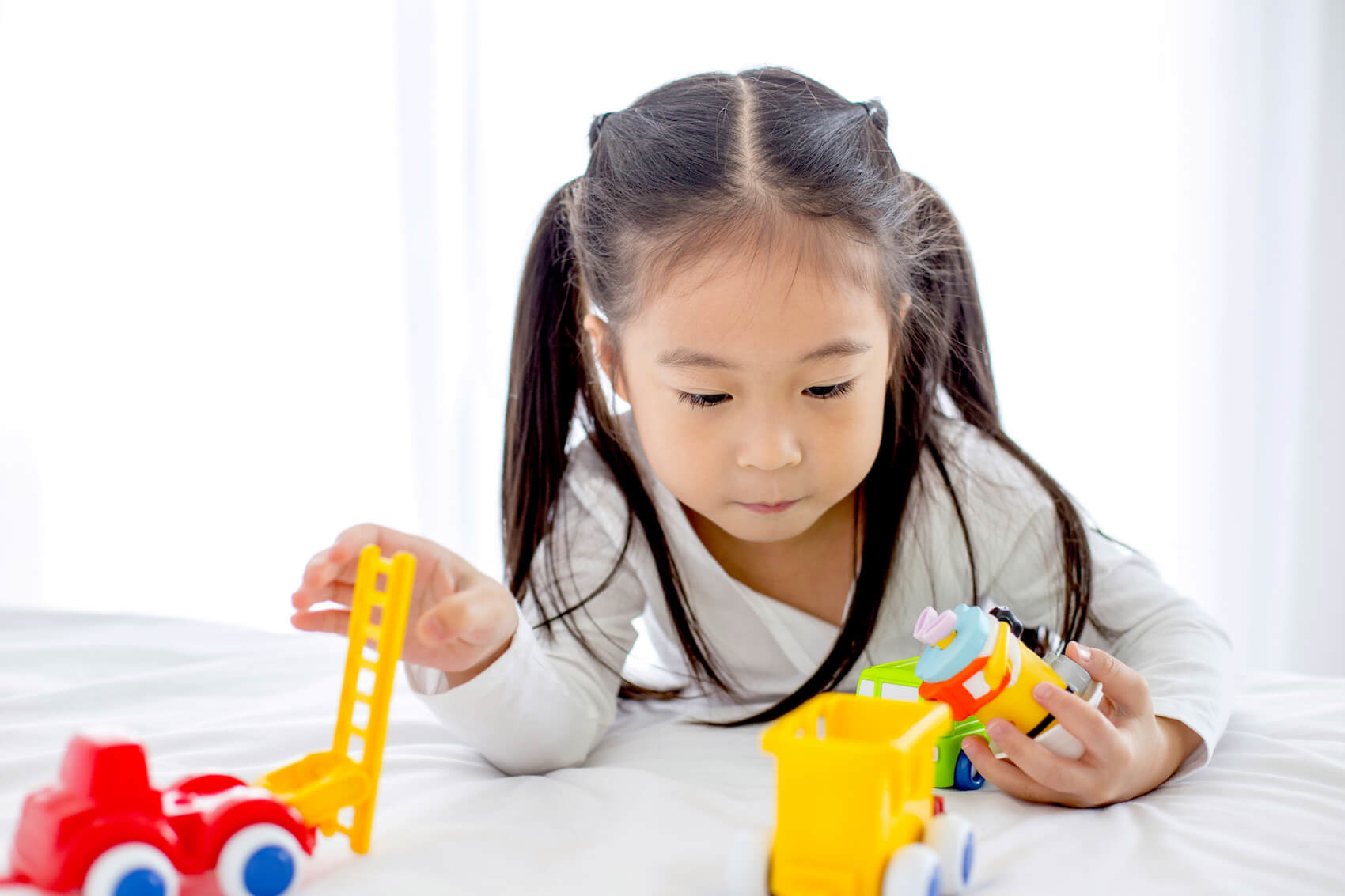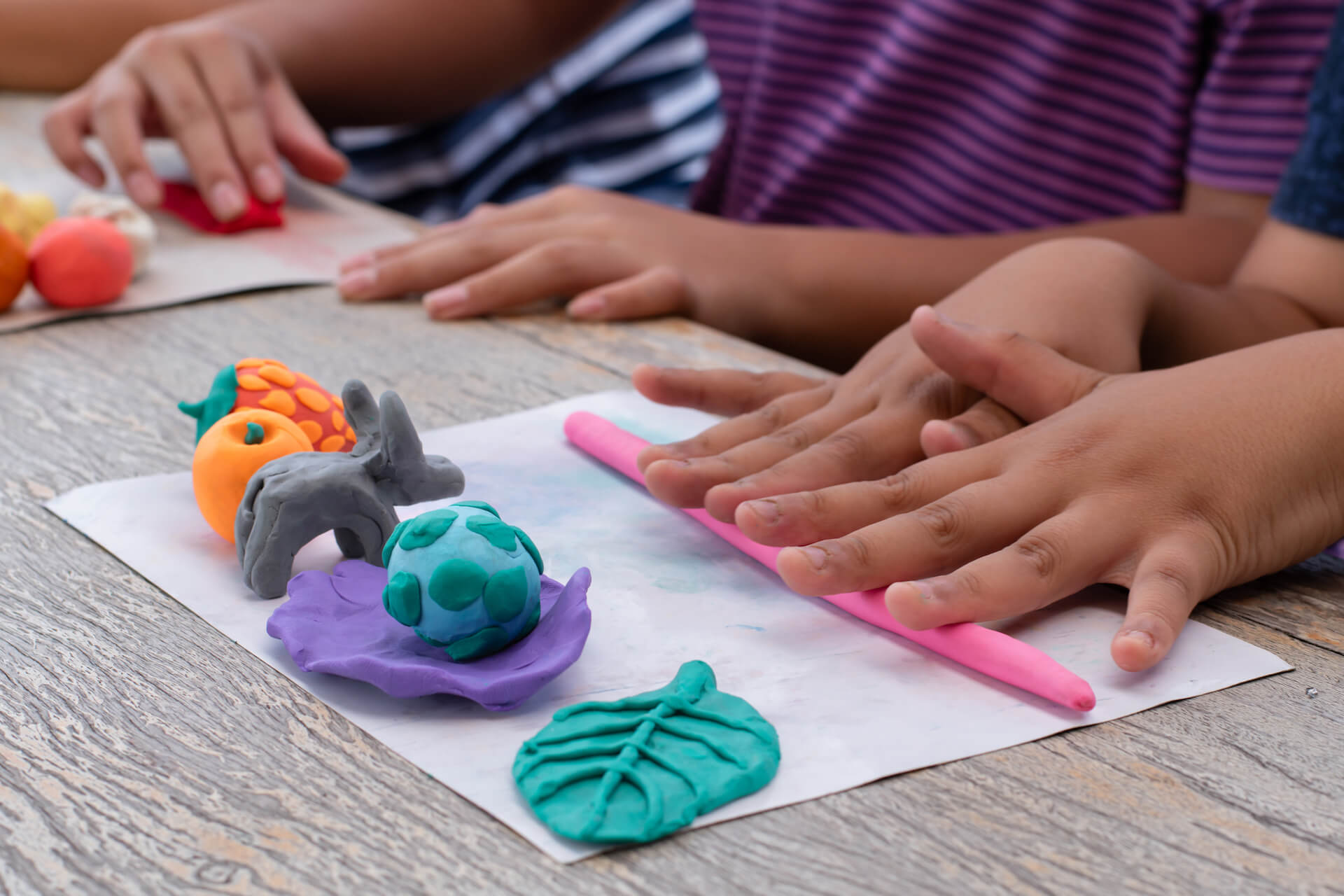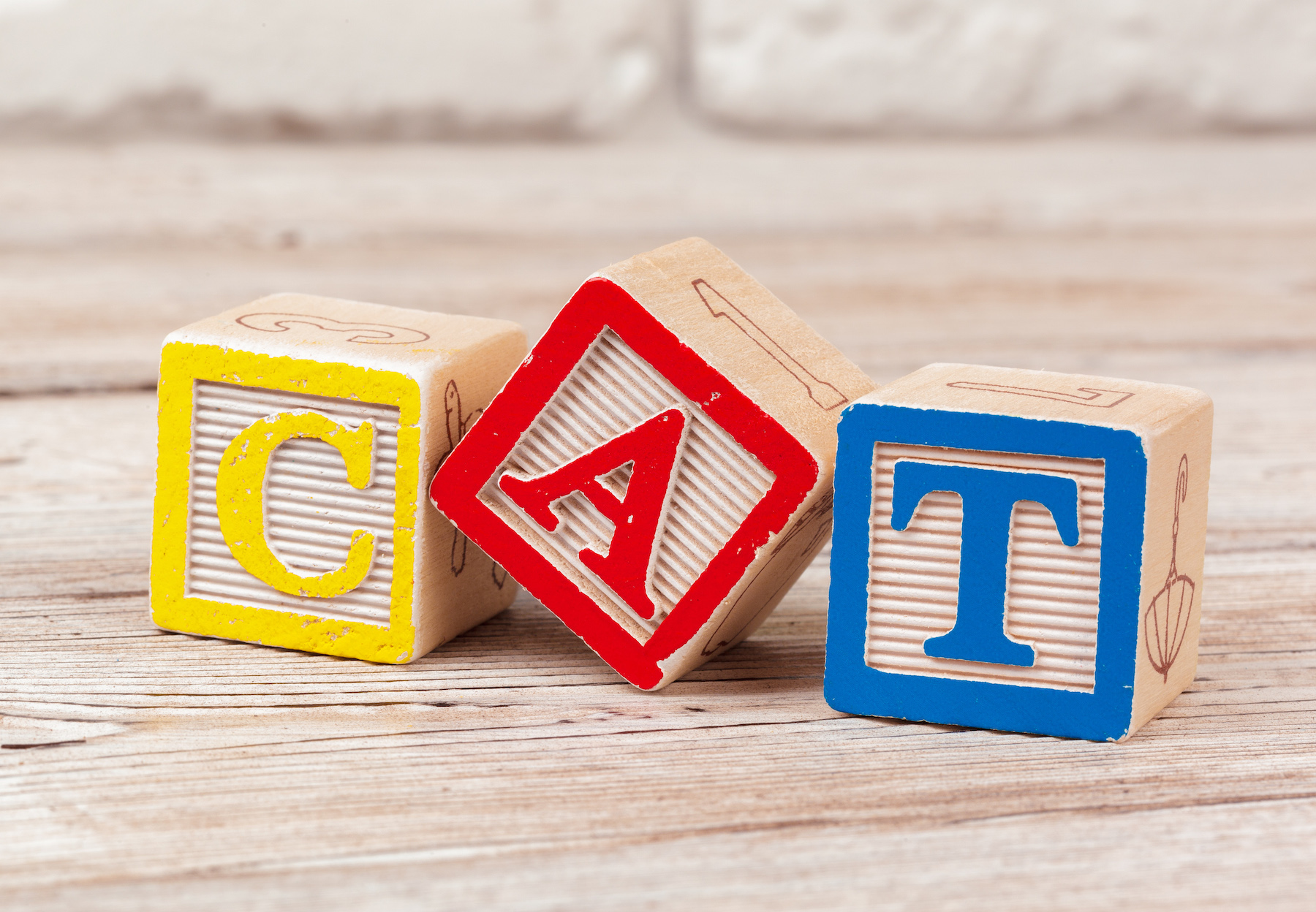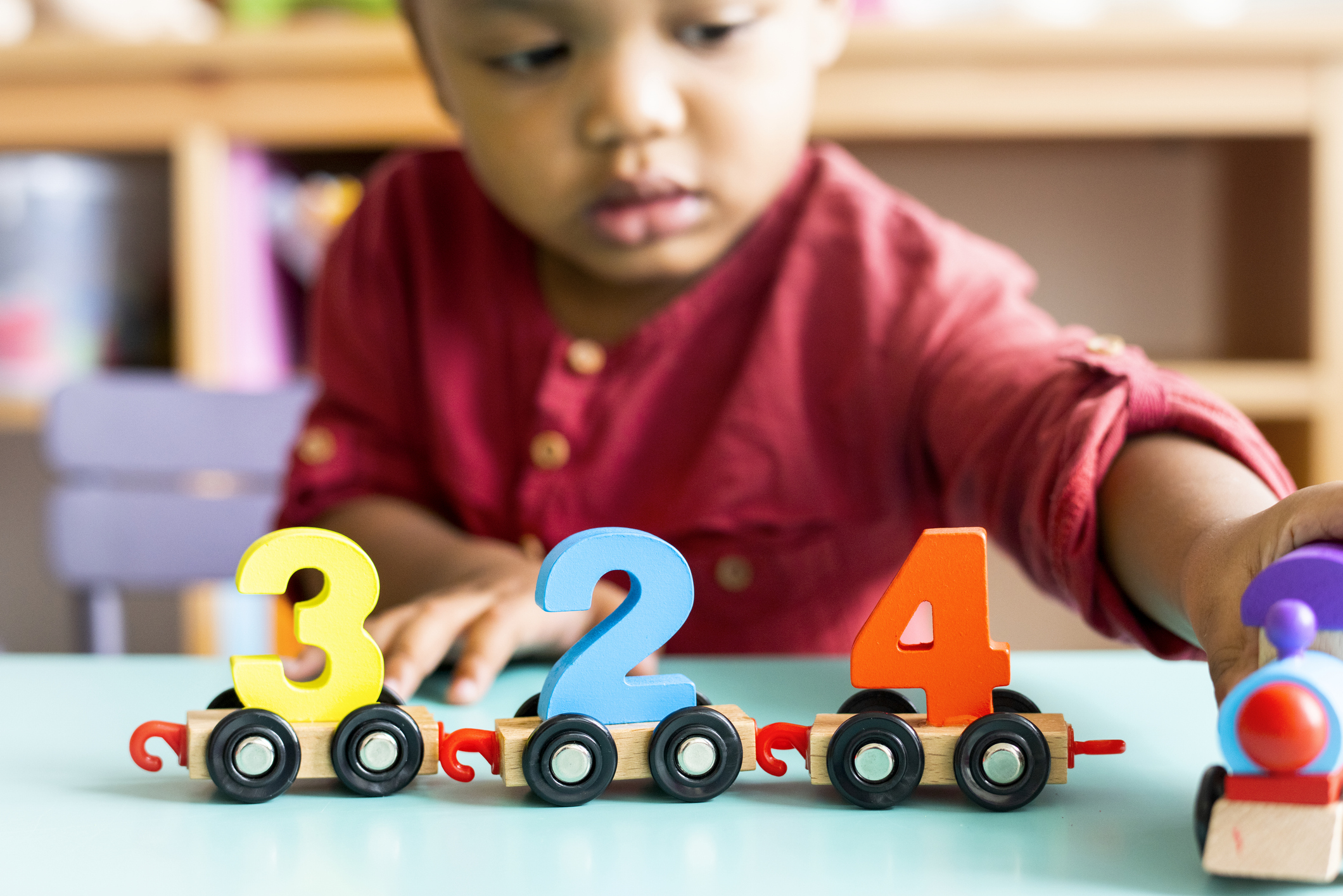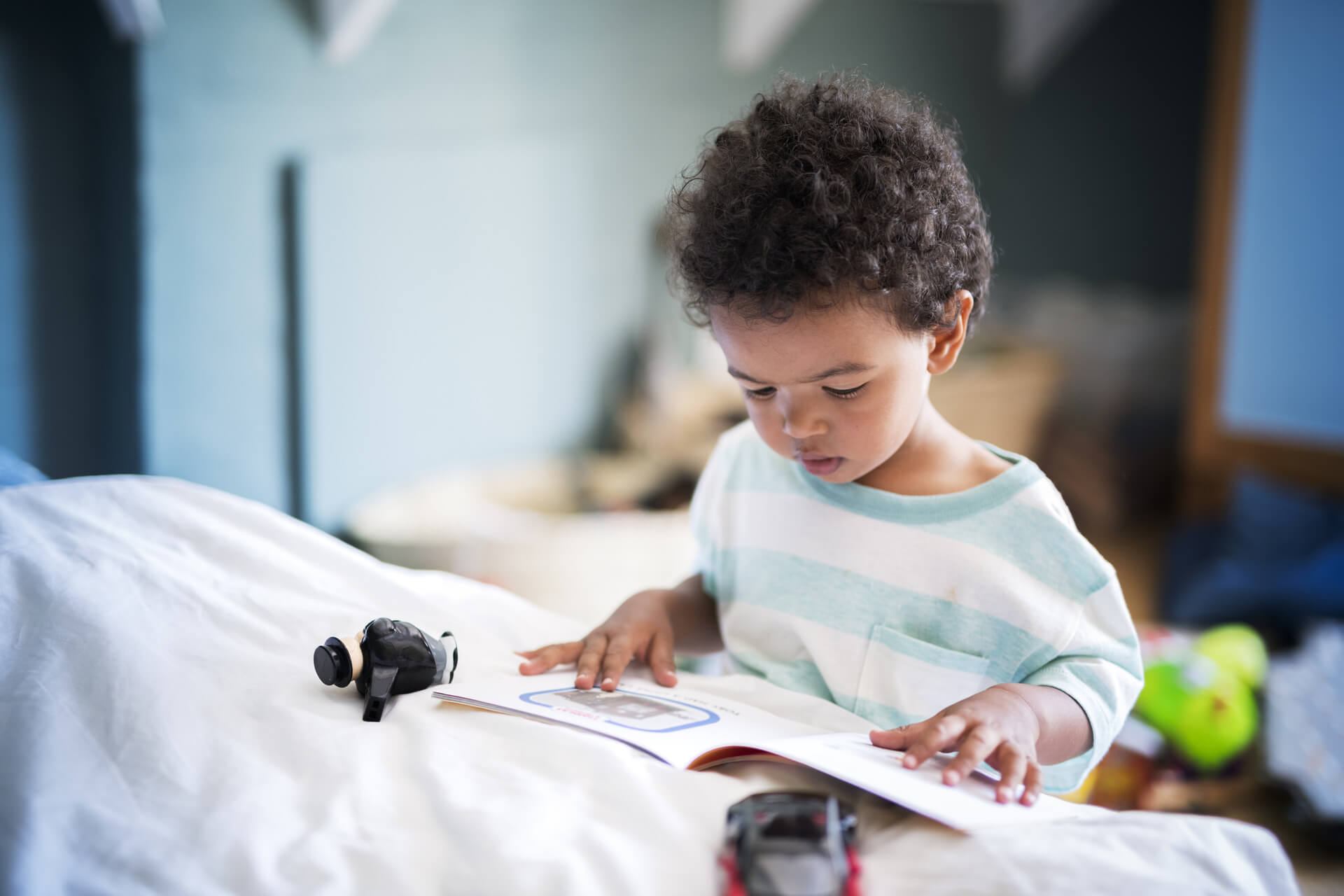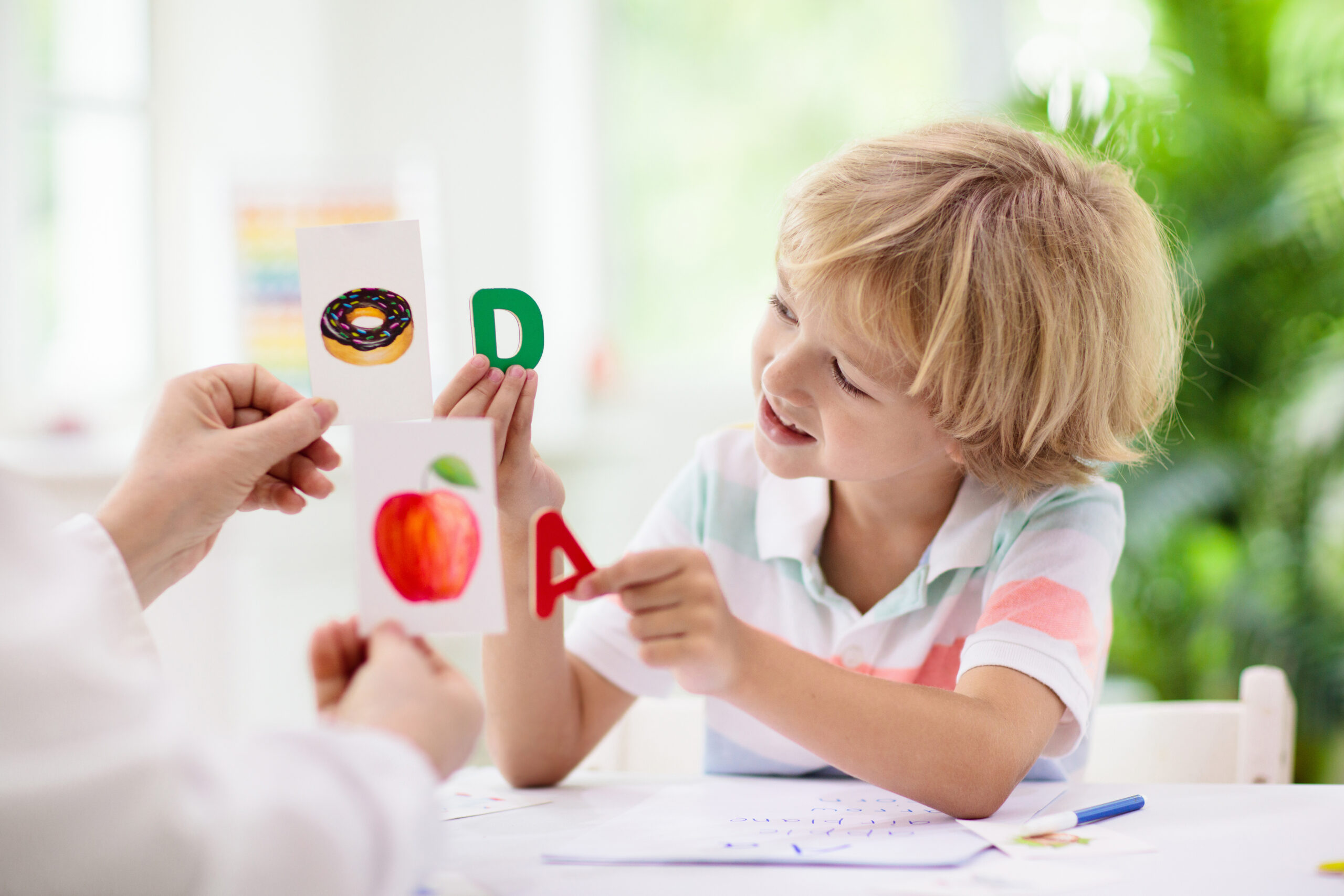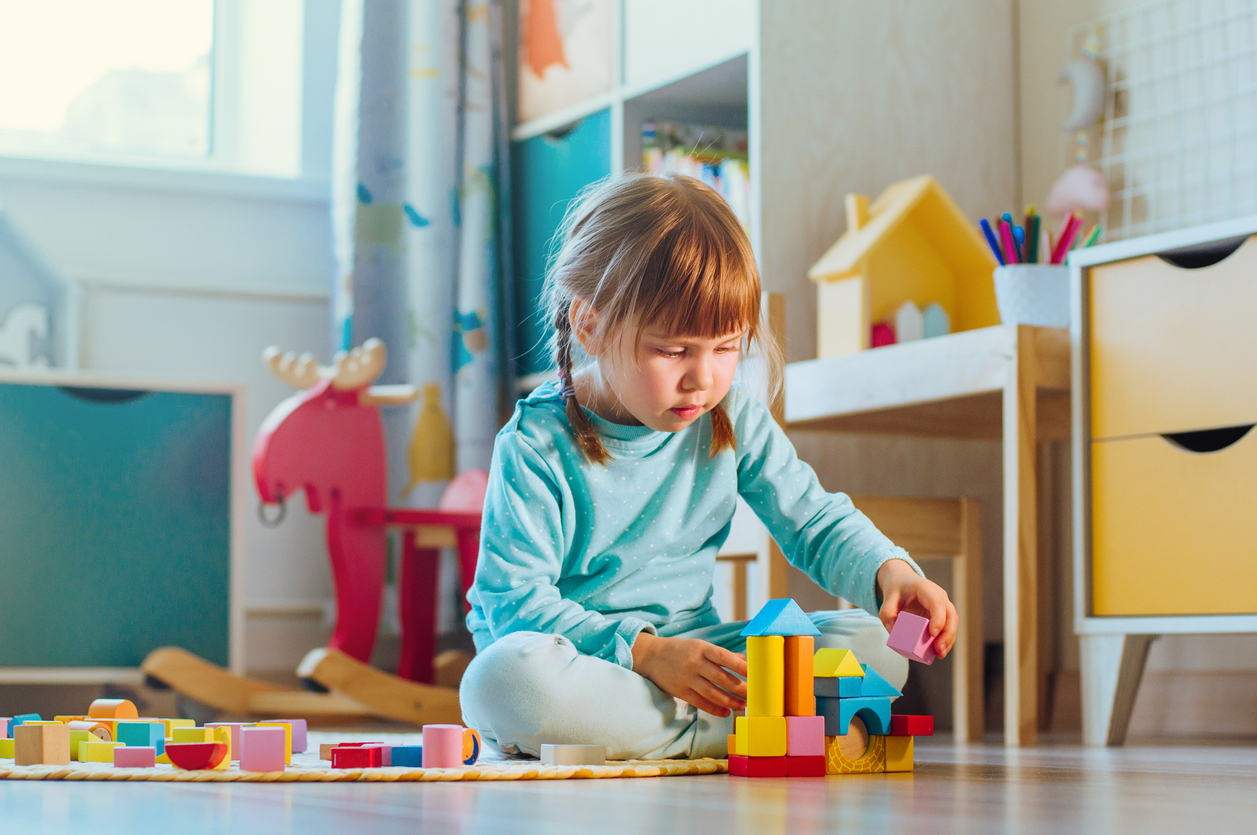The Benefits of (Quality) Interactive Learning Apps for Preschoolers
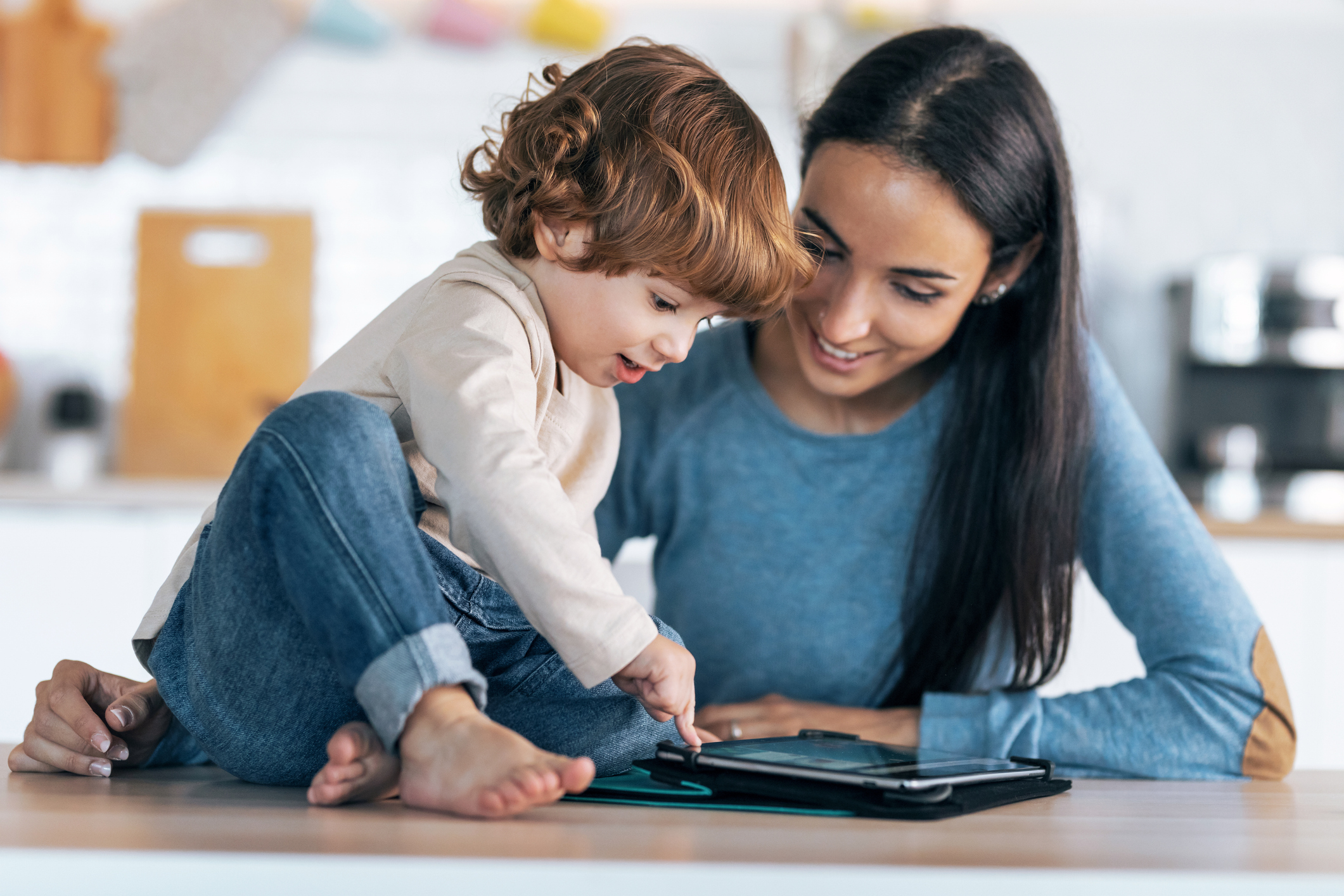
As a parent, you’ve probably noticed your little one’s eyes light up when they get their hands on a tablet or phone. And if you’re like many of us, you’ve also felt that familiar tug of guilt, wondering if screen time is really “good” for them, or if you should be doing something more traditional instead.
Not all apps are created equal, but when you find the right ones, educational apps for kids can be powerful learning tools that complement everything you’re already doing as a parent. Let’s talk about what makes these apps work and how they can support your preschooler’s development.
What Is An Interactive Educational App?
First, let’s be clear about what we mean when we say “interactive educational apps.” There are two key parts to this definition:
The “Educational” Part: Your child can learn something from almost any experience. Even watching ants on the sidewalk teaches a lot! But for an app to be genuinely educational, it needs to have a clear learning goal built into its design. Real educational apps are intentionally created to teach specific skills, whether that’s letter recognition, counting, problem-solving, or emotional regulation. They’re not just entertaining, they’re purposefully structured to support your child’s growth.
The “Interactive” Part: This is what sets these apps apart from simply watching videos. When we say “interactive,” we mean your child is actively engaging with the screen: tapping, swiping, dragging, making choices, and responding to what happens. Most interactive apps use a game format where your child’s actions directly affect what happens next.
Watching an educational video can teach your child things. Some shows like Dora the Explorer are semi-interactive by asking questions and pausing for answers. AI is about to bring more interaction to videos in the future. But for this post, we’re focusing on the apps where your child is doing, choosing, and actively participating.
Are All “Educational” Apps Really Educational?
Not quite. Just because an app has numbers or letters in it doesn’t mean it’s truly supporting learning. Some apps are more about keeping kids busy than actually teaching them anything meaningful.
We’ve written a separate guide on what makes an app genuinely educational based on research, but for now, let’s assume you’ve found a good one. What can it actually do for your preschooler?
The Benefits of Quality Educational Apps
Endless Opportunities to Learn from Mistakes
The best apps for children’s learning create a safe space to fail. Children can try solving the same addition problem or matching the same letter sounds fifty times if they need to, each time getting gentle guidance and encouragement. This endless opportunity to experiment, make mistakes, and try again builds confidence and resilience. Your child learns that mistakes aren’t scary, they’re simply part of figuring things out.
Reinforcing Real-World Learning in Fresh Ways
Think of children’s educational apps as practice partners for the concepts your child is learning in their daily life. If they’ve been working on colors at school, an app can reinforce that same learning through games, songs, and interactive activities.
The beauty is in the variety. While they might learn about sorting with blocks at school, an app might teach the same concept using animals, shapes, or vehicles. These different contexts help your child understand that the same concept (in this case, sorting) applies everywhere.
Making the Impossible Possible
Some things are just hard to experience in everyday life. How do you take your three-year-old to explore the surface of Mars? Or dive deep into the ocean to see what lives in the darkest waters? Or give them the experience of conducting an orchestra?
Educational apps can create experiences that would be expensive, impractical, or impossible in real life. They can shrink down to explore ant colonies, zoom out to see the solar system, or travel back in time to see dinosaurs, all from your living room.
Engaging Multiple Senses at Once
Quality educational apps excel at something psychologists call multisensory learning. Your child isn’t just looking at a letter: They’re hearing its sound, tracing it with their finger (sometimes feeling the screen respond with a gentle vibration), and seeing it in colorful, animated contexts.
This multi-sensory approach helps information stick. When your child engages their eyes, ears, and sense of touch all at once, they’re building stronger neural pathways. It’s like creating multiple routes to the same destination in their brain.
Learning That Adapts to Your Unique Child
Every child learns differently and at their own pace. Each child has unique strengths, challenges, and learning needs. Maybe your son zoomed through shapes but needs extra time with numbers. Perhaps your daughter is ready for advanced puzzles but still working on letter sounds.
Quality educational apps offer personalization: They adapt to your child’s level, offering harder challenges when they’re ready and more support when they need it. To learn more about how children’s learning needs vary and how to ensure an app is a good fit for your child’s unique profile, check out our blog post.
Learning on Their Own Timeline
Here’s something we don’t talk about enough: readiness matters. Sometimes your child is absolutely primed to learn something new: they’re curious, they’re engaged. Other times? Not so much.
With self-paced apps, your child can work through activities when they’re in that perfect “ready to learn” zone. Unlike a structured class where everyone moves together, apps let your child spend five minutes or ten on an activity, depending on their interest and energy level that day. They can revisit concepts they found tricky or race ahead when something clicks easily.
Building Independence and Confidence
There’s something empowering about being able to navigate an app independently. Good interactive apps give your child autonomy: instead of being told what to do next, they get to make choices. Which game do they want to play? Which character do they want to help? Which path do they want to explore? Preschoolers can feel that sense of accomplishment: “I did this myself!”
This sense of agency is huge for preschoolers who are just beginning to understand their ability to make decisions and control their world. When they choose to play the counting game because they’re curious about numbers, they’re learning to follow their interests. This independence builds confidence and teaches valuable skills.
Immediate, Positive Feedback
Apps provide instant response. Did your child count correctly? The app celebrates immediately! Need to try again? The app gently redirects.
This immediate feedback loop helps children understand cause and effect, learn from their actions quickly, and stay motivated. Plus, the positive reinforcement (like cheerful sounds or animations) keeps them engaged and wanting to learn more.
The Bottom Line for Parents
Educational apps aren’t replacements for real-world play, hands-on exploration, or your loving interaction. But they can be valuable additions to your parenting toolkit. Another way to support your child’s natural curiosity and love of learning.
The key is finding genuinely educational apps and using them intentionally. When you do, you’re giving your child opportunities to explore, learn at their own pace, and build confidence, all while having fun. And that’s something worth feeling good about.
